WordPress accessibility is to design & build websites that can be used by everyone. It is implementing certain strategies to make it easier for web users to access your website. Check out our tips on optimizing WordPress accessibility to make your site inclusive.
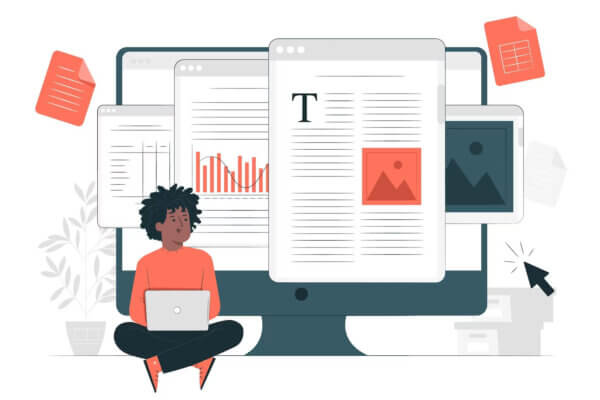
- What is website accessibility?
- A few myths about WordPress website accessibility
- Why do you need to make WordPress accessible?
- Key elements of web accessibility
- Tips to Optimize WordPress Accessibility
- Web content accessibility guidelines
- Can I use WordPress accessibility plugins?
- TL;DR: Summary of how to best optimize WordPress accessibility to make your site inclusive
Let’s dive into the crucial realm of WordPress accessibility and its impact on creating a more inclusive online space. Today, we’ll be focusing on the popular content management system (CMS), WordPress. And how you can optimize it to ensure your site is welcoming and accommodating to all visitors. Regardless of their abilities. With millions of websites powered by WordPress, it’s imperative that we take the necessary steps to make our digital platforms accessible to everyone.
We’ll explore the significance of web accessibility. Also, we’ll explore its influence on user experience, search engine rankings, and legal compliance. Additionally, let’s walk through practical tips, best practices, and useful tools that will help you enhance your WordPress site’s accessibility. Whether you’re a seasoned WordPress developer, a content creator, or a website owner, there’s something here for you to learn. You can apply our advice to make your site more inclusive and user-friendly.
Join us on this journey towards crafting a web environment that embraces diversity and promotes equal access to information and services for all. Let’s get started on optimizing WordPress accessibility to ensure no one is left behind!
What is website accessibility?
Website accessibility refers to the inclusive practice of designing and developing websites in a way that makes them usable and understandable by all individuals. This includes those with disabilities. The goal of website accessibility is to ensure that people with varying abilities and disabilities can perceive, navigate, interact with, and understand the content of a website. Regardless of the tools they use to access it.
Key principles of website accessibility include:
1. Perceivability: Ensuring that all information and user interface components are presented in a way that can be perceived by all users. This includes those with visual, auditory, and cognitive impairments. This may involve providing text alternatives for images and captions for videos. Along with proper labeling of form fields.
2. Operability: Making web content and navigation easy to use for all users. Regardless of their physical abilities. This includes keyboard accessibility, so people who cannot use a mouse can still navigate and interact with the website effectively.
3. Understandability: Ensuring that the information and operation of the user interface are clear and straightforward. Instructions, error messages, and the overall content should be easy to comprehend.
4. Robustness: Building websites to be compatible with a variety of devices and assistive technologies. Technologies such as screen readers, braille displays, and voice recognition software.
Website accessibility is crucial. This is because it allows people with disabilities to access information, products, and services online, just like everyone else. It also benefits other user groups, such as older individuals or those using alternative devices by providing a better user experience for all.
A few myths about WordPress website accessibility
Let’s go over some common myths about WordPress accessibility.
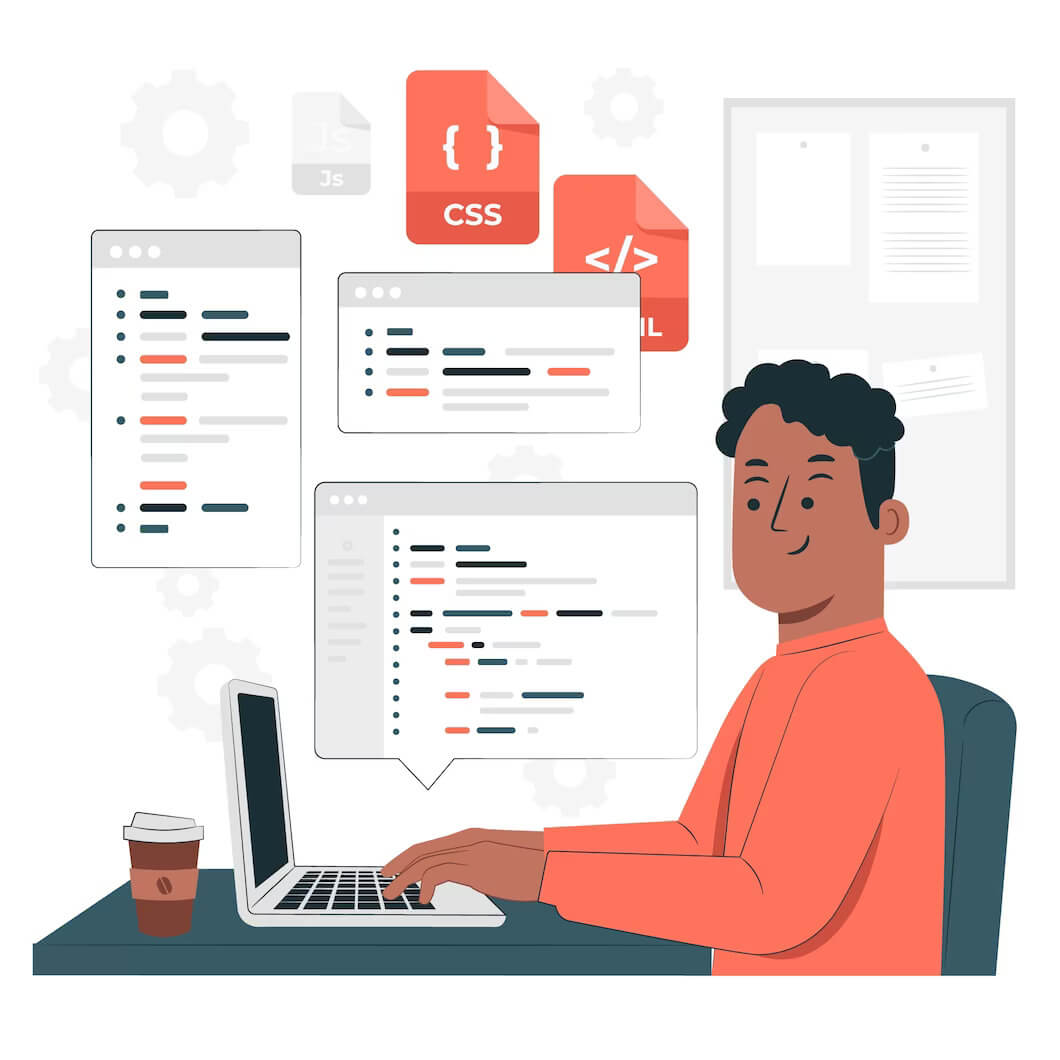
It’s only for the visually impaired
Many individuals when they hear web accessibility they think that it’s only for visually impaired people. That’s not true. There are many forms of impairment that may require a website to be built in a different way, in order for it to be exclusive. Some forms of impairment include auditory, cognitive, neurological, physical, speech, and visual disabilities.
The main aim of improving accessibility is to boost user experience. Here are some examples:
- Creating a website that is suitable for small devices, mobile devices, screen readers, etc.
- Keeping in mind people who have visual and auditory issues due to aging
- People with temporary injuries such as a broken arm
- Lighting changes that require contrasting colors
- Creating a site for people who have limited internet bandwidth
You can automate accessibility
Once you have figured out how important accessibility really should be — and how it may have a negative impact on the company if they don’t prioritize accessibility. It is a popular myth that the web can be accessed with a few clicks. Many individuals think that by installing a plugin they can make their site accessible.
While there are plugins that tackle this task, they are not always reliable. They can be buggy and not provide the functionalities that you need. Moreover, developers that work with this type of plugin become frustrated with its limitations and issues. Lastly, any new features added need to be adjusted so that they meet the accessibility mark.
It’s not just a trend
As internet usage has become increasingly important and more users are turning to web accessibility as an important issue. But that is not a fad. Digitization is regarded worldwide as an important human right for disabled people. The need for web accessibility grows as the internet becomes more widely used throughout the world as the years go by.
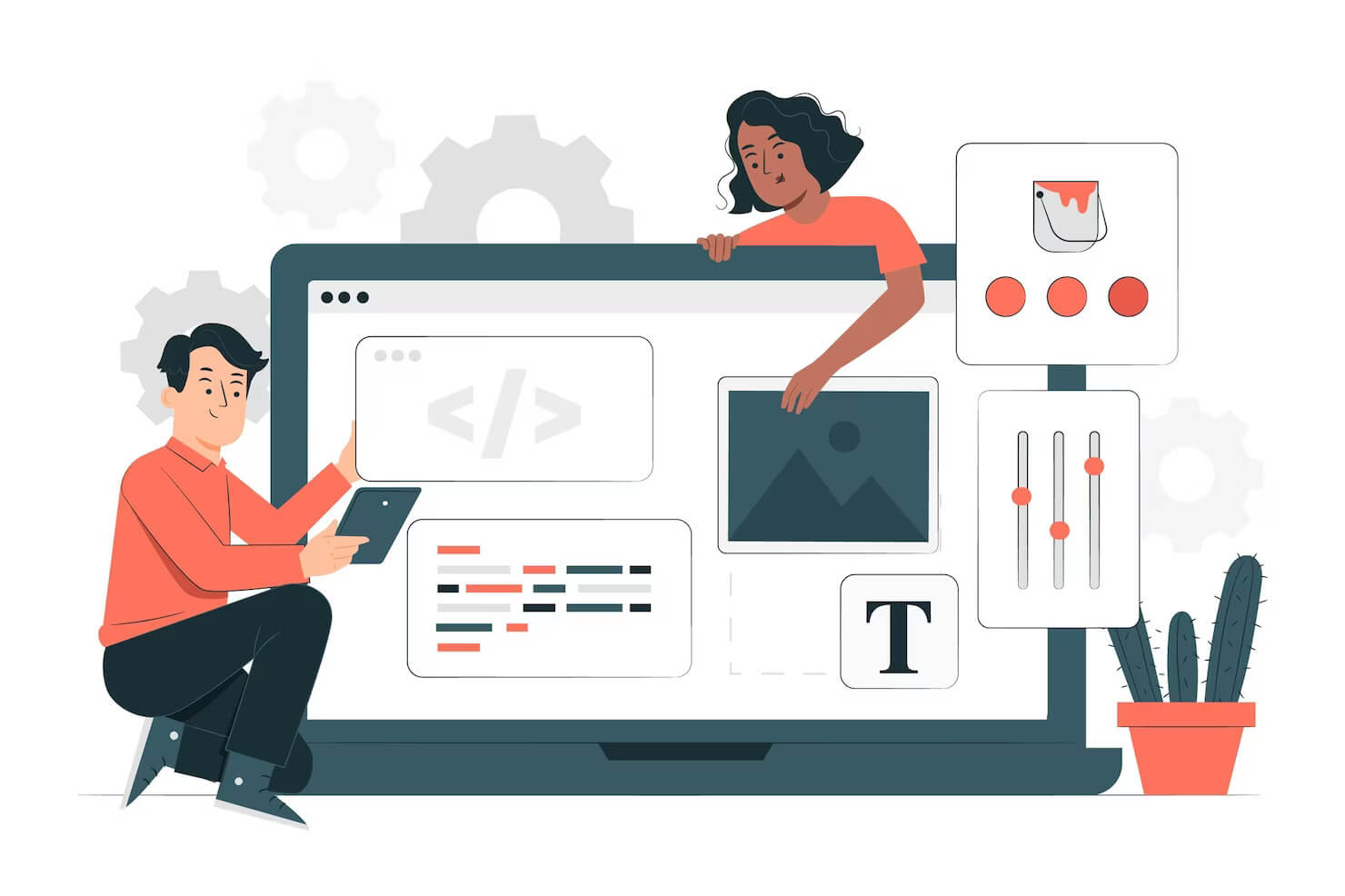
Why do you need to make WordPress accessible?
There are a number of reasons why you need to make WordPress accessibility a priority when creating your website.
Reach a wider audience
When you have a website that is accessible you can reach a wider audience. You are opening up your brand to a wider group of people. This means you are more likely to have a higher conversion rate. Higher conversion rates mean hopefully higher sales.
Improve search engine rankings
Accessibility is not an SEO rankings factor, and SEO and accessibility should all be combined. However, accessibility allows search engines to recognize information better. This leads to better searchability and better search engine ranking. It is thus very important to make sure that all the content on your website can be searched easily. Make sure that your site has proper meta-titles and meta-descriptions set up. Also, you may want to consider curating content that can be searched via voice-activated searches.
Improve site usability
Website accessibility plays a pivotal role in enhancing site usability for all users, regardless of their abilities or disabilities. When a website is designed with accessibility in mind, it results in a more inclusive and user-friendly experience. By implementing features such as:
- proper heading structures,
- descriptive alt text for images,
- clear and concise content,
- keyboard navigation,
- and compatibility with screen readers,
- users with disabilities can seamlessly navigate and interact with the site.
This not only opens up opportunities for a larger audience to access and engage with the content but also improves overall usability. It does so by fostering intuitive navigation, efficient information retrieval, and a more satisfying user experience for everyone.
Improve your reputation
You can also improve and boost your brand’s reputation by having a site that is accessible. Your brand is showcasing its commitment to inclusivity and social responsibility. When a company prioritizes accessible design, it sends a clear message that it values all users. Also, it strives to provide equal access to its online resources. This can lead to positive word-of-mouth recommendations, increased customer loyalty, and improved brand perception.
Demonstrating a dedication to accessibility also sets a positive example within the industry. Thus potentially inspiring other businesses to follow suit. In a digital age where social awareness and ethical considerations matter. So investing in website accessibility can ultimately bolster a company’s image as a forward-thinking and socially conscious organization.
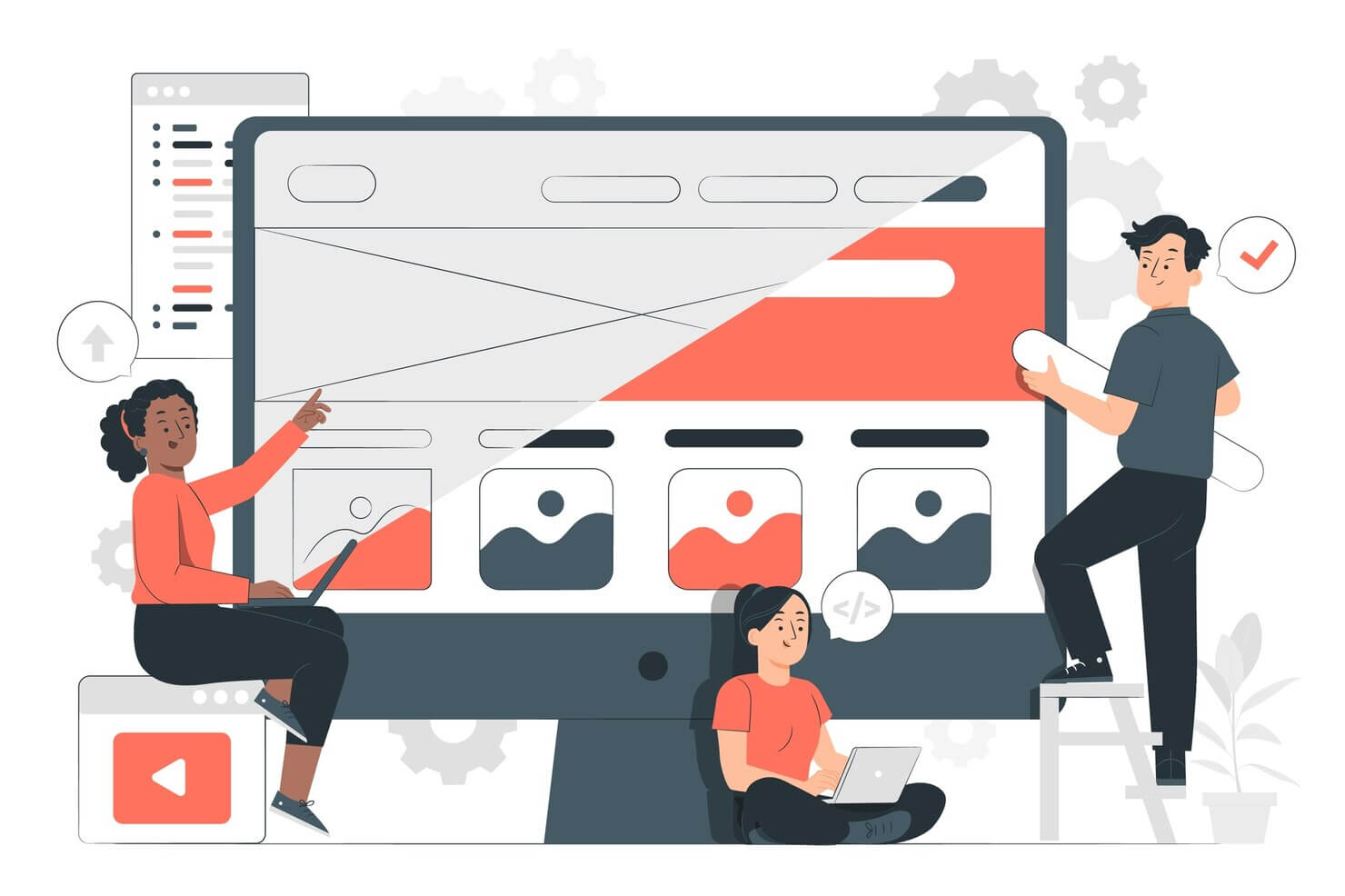
Key elements of web accessibility
There are a few key elements of web accessibility that are important to tackle.
Navigation
The first important part of accessibility is the navigation on your WordPress site. One thing you need to include in your navigation is an accessibility toolbar where it allows the user to change the setting. They can resize fonts, and increase or decrease contrast. Moreover, you can set up greyscale, lighter or darker backgrounds, etc.
Alt-text
Alt-texts, also known as alternative texts or alt tags, play a crucial role in web accessibility by providing a textual description of images on a web page. These descriptions are read by screen readers, which are assistive technologies used by people with visual impairments to access and understand web content. The importance of alt-texts can be understood from the following perspectives:
1. Making Images Accessible to Visually Impaired Users:
For people who are blind or have low vision, images on a website hold no meaning without alt-texts. By providing a concise and descriptive alt-text, these users can understand the purpose and context of the image, ensuring a more inclusive browsing experience.
2. Enhancing Navigation and User Experience:
Images often serve functional purposes, such as navigation icons, buttons, or informative graphics. By using descriptive alt-texts, users of screen readers can comprehend these elements and access the intended functionality, enabling them to navigate through the website effectively.
3. Compliance with Web Accessibility Standards:
Many countries and regions have established legal requirements or guidelines for web accessibility. For example, the Web Content Accessibility Guidelines (WCAG) by the Web Accessibility Initiative (WAI) emphasize the need for providing meaningful alt-texts to meet accessibility standards. Ensuring alt-texts are properly implemented helps website owners and organizations stay compliant with these regulations.
4. Improving SEO (Search Engine Optimization):
Alt-texts not only benefit visually impaired users but also search engines. Search engines use alt-texts to understand the content of images, which helps in indexing and ranking images in image search results. Well-crafted alt-texts can improve the visibility and discoverability of your content on search engines.
5. Enabling Access for Users with Low Bandwidth:
In some situations, users may have limited internet connectivity, which may lead to images loading slowly or not at all. Alt-texts can serve as a fallback, allowing users to understand the content even when images don’t load properly.
6. Assisting Users with Cognitive Disabilities:
Some individuals with cognitive disabilities may find it challenging to process visual information. Alt-texts can offer a clear, concise, and text-based description that aids comprehension for such users.
When writing alt-texts, it’s essential to be accurate, succinct, and meaningful. Avoid using generic phrases like “image” or “picture of,” as these don’t provide much context. Instead, describe the image’s content, function, and context in a way that a person who cannot see the image can understand its significance.
By incorporating alt-texts thoughtfully, website owners can create a more inclusive online environment. That ensures that all users, regardless of their abilities, can access and engage with their content.
Color scheme
When creating a custom WordPress theme you should choose contrasting colors to make it more accessible for users. Creating a color scheme should be part of your design process. You can choose black and white for contrast, among many other options.
Font size & color
You want to avoid using a font size that is too small. When creating or choosing WordPress themes it’s important to set up a larger font or allow users to change the font to their needs. Also, you want to use a font type that is legible, avoid cursive, and frilly fonts. They can be difficult to read. It’s best to use a font like Times New Roman.
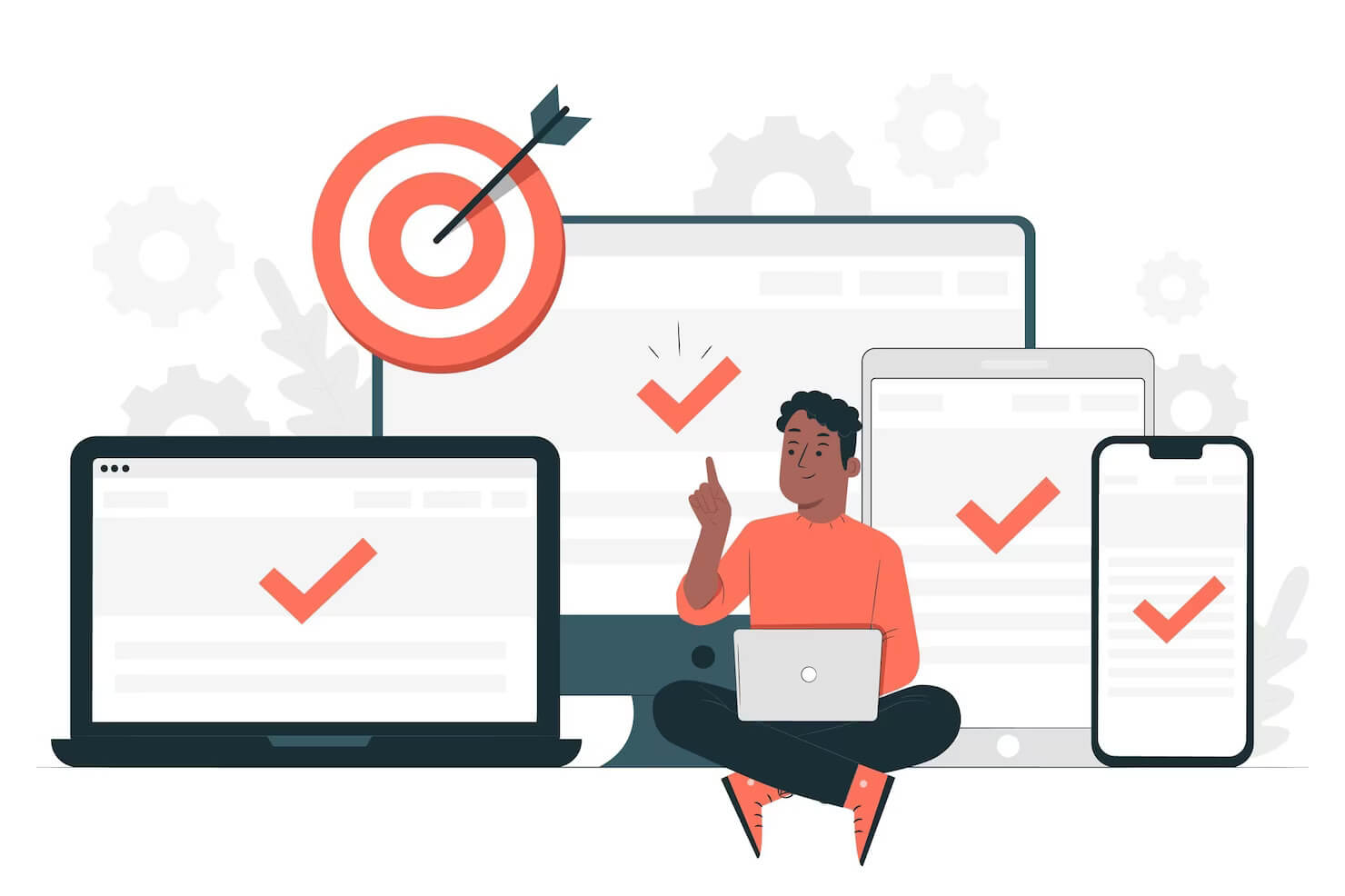
Tips to Optimize WordPress Accessibility
Here are some tips that will help you optimize WordPress accessibility.
Choose a WordPress Accessibility theme
First, we discuss choosing a theme. It may be a mistaken assumption that a theme is very difficult to find. Making a theme accessible requires much research. Here are some important features and considerations for a WordPress accessibility theme:
- Keyboard Navigation: Ensure that all interactive elements, such as menus, links, and form fields, can be accessed and operated using only the keyboard. Users with mobility impairments often rely on keyboard navigation.
- Readable Fonts and Contrast: Use readable fonts and ensure sufficient contrast between text and background colors. In order to make content easy to read for users with low vision or color blindness.
- Semantic HTML: Use semantic HTML elements to provide a clear structure and meaning to the content, aiding screen readers in understanding the page’s organization.
- Accessible Forms: Ensure that all form elements, labels, and instructions are properly labeled and associated with their respective fields. Thus improving form accessibility for all users.
- Focus Styles: Implement visible focus styles for interactive elements, such as links and buttons. So that users can easily identify the currently focused element when navigating with the keyboard.
- Video and Audio Accessibility: Provide captions, transcripts, or audio descriptions for multimedia content. Thus making it accessible to users who are deaf, hard of hearing, or blind.
- Responsive Design: Ensure that your theme adapts and remains accessible on various devices. Devices including mobile phones and tablets.
Remember that an accessible theme benefits all users, not just those with disabilities. It does so by providing a better user experience across different devices and contexts. When developing or selecting a WordPress theme, keep accessibility in mind to create an inclusive and user-friendly website.
Adding functions with plugins
You can also add functions with plugins that will help make your WordPress site accessible. Website accessibility plugins offer a diverse range of functions that play a pivotal role in creating an inclusive digital environment. These plugins empower website owners to enhance the accessibility of their online platforms. Thus ensuring that individuals with disabilities can navigate, interact, and engage with content seamlessly.
From text-to-speech functionalities that convert written content into spoken words, to high-contrast modes that cater to visually impaired users. Accessibility plugins facilitate an adaptable user experience.
Additionally, they enable adjustable font sizes, keyboard navigation shortcuts, and alternative text descriptions for images. Thus enabling people with different needs to access and comprehend information effectively.
Moreover, these plugins often feature screen reader compatibility, language translation options, and real-time captioning for multimedia content. Thus promoting a more comprehensive and barrier-free web presence. Through these versatile functions, accessibility plugins play a vital role in fostering inclusivity. Therefore, enabling a wider audience to connect with and benefit from the digital landscape.
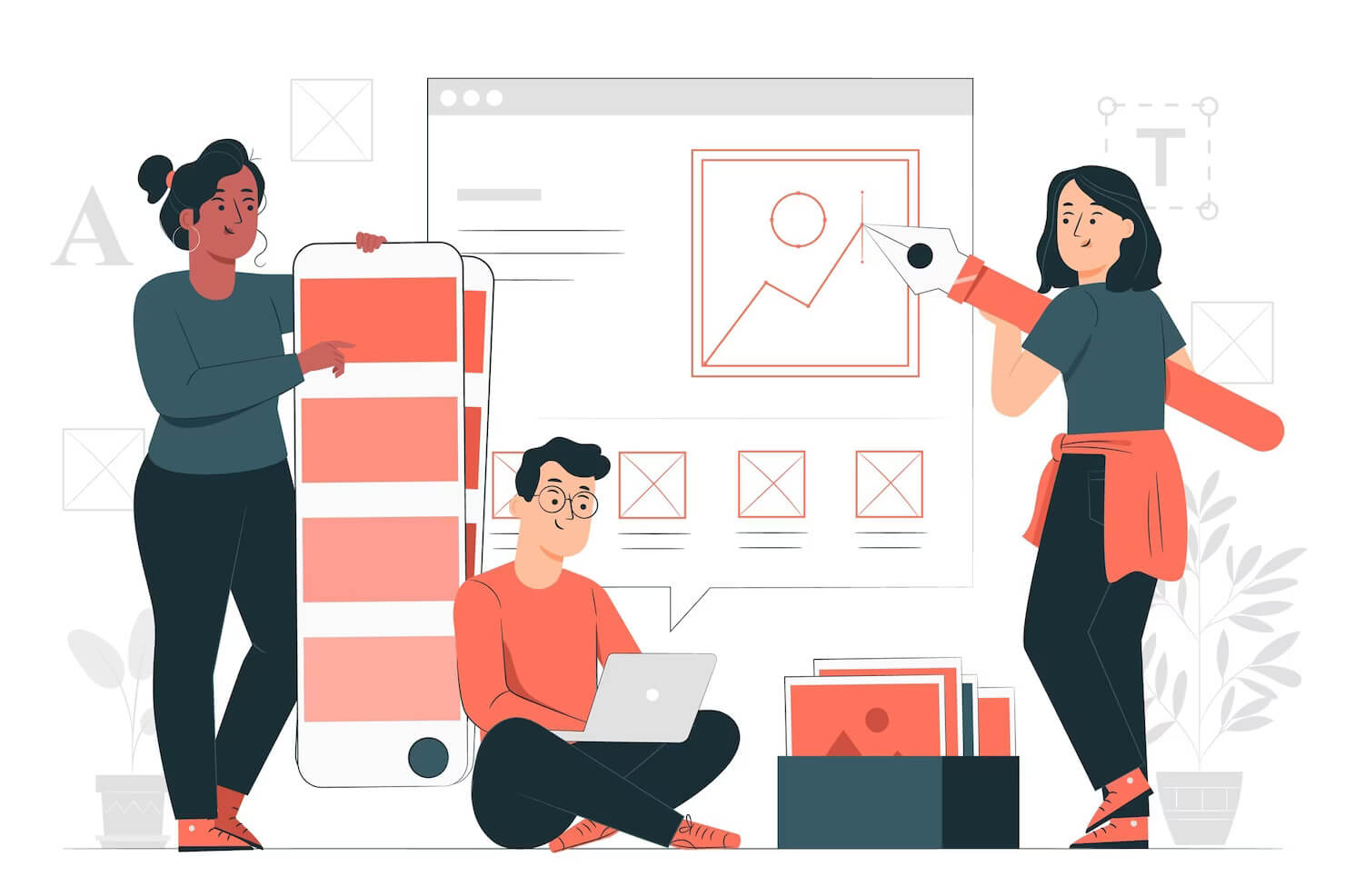
Interactive Elements
Users need a site that will allow for interaction and use in an effortless manner. The simplest way is to use the menu, form, and buttons to interact with the video content. Make sure the interaction elements on the site are easy to recognize. All navigation menus should have an accessible keyboard control. Links should appear when hovering, focusing, or clicking. Navigation on your web pages should stay consistent. Navigation-link design is extremely crucial to your website identity.
Include Alt-tags in images to describe them
The web is becoming an incredibly multimedia-rich landscape. Content that is not accessible via text may not work with people who use assistive technologies. A screen reader does not know the images and cannot tell the picture without your manual help. Make use of alternate text, sometimes called “alt text” when adding any content as an image/icons. But remember that an alt-tag isn’t needed when the image is just decorative.
Use legible fonts
Using legible fonts is an essential step in enhancing the accessibility of a WordPress website. By selecting fonts that are clear, well-spaced, and easy to read, website owners ensure that all visitors, including those with visual impairments or reading difficulties, can comfortably consume the content. Legible fonts improve the overall user experience by reducing eye strain and enhancing comprehension.
When crafting an inclusive online environment, designers should opt for font families with distinct letterforms, ample spacing, and appropriate font sizes. Prioritizing accessibility not only demonstrates a commitment to inclusivity but also contributes to a more user-friendly and enjoyable browsing experience for all users. Thus ultimately reflecting positively on the website’s credibility and effectiveness.

Select contrasting colors
Another thing to keep in mind is to provide users with contrasting colors on your website. You can set up this, as a feature you turn on using the accessibility toolbar. Contrasting colors refer to colors that are distinctly different from each other in terms of hue, brightness, and saturation. Using contrasting colors is important for improving accessibility on websites. Contrasting colors enhance readability, ensure information is easily distinguishable and accommodates users with visual impairments. Here are a few examples of contrasting colors and how they can improve accessibility:
- Black & White
- Yellow & Blue
- Red & Green
- Orange & Purple
- White and Teal
How do contrasting colors improve accessibility?
Contrasting colors improve accessibility on websites in several ways:
- Readability: High contrast between text and background ensures that content is easily readable. Even for users with vision impairments or in varying lighting conditions.
- Focus and Attention: Contrasting colors help users quickly identify important elements. Elements such as headings, buttons, and links, make navigation more intuitive.
- Colorblind Considerations: Using colors that contrast well helps avoid issues for colorblind users. For example, using red and green together can be problematic for certain types of colorblindness, so providing sufficient contrast ensures these users can still differentiate content.
- Legibility: When text and background colors have a strong contrast, it minimizes eye strain and fatigue. Thus making it easier for users to consume the content.
- Universal Design: Applying contrasting colors follows the principles of universal design. It makes websites accessible and usable for a wider range of people, including those with disabilities.
When designing a website, it’s important to consider the Web Content Accessibility Guidelines (WCAG) set forth by the World Wide Web Consortium (W3C). To ensure that your chosen color combinations meet accessibility standards. The guidelines specify minimum contrast ratios for text and images to ensure optimal visibility and legibility.
Hire experienced WordPress professionals
The best way to optimize WordPress accessibility is to hire professionals. Acclaim WordPress developers can provide you with a website that has accessibility features & meets the WCAG guidelines. They can also offer ongoing support to ensure that your site is always accessible to all types of users, including those with disabilities. Moreover, they create new features for you when necessary and ensure they are also accessible.
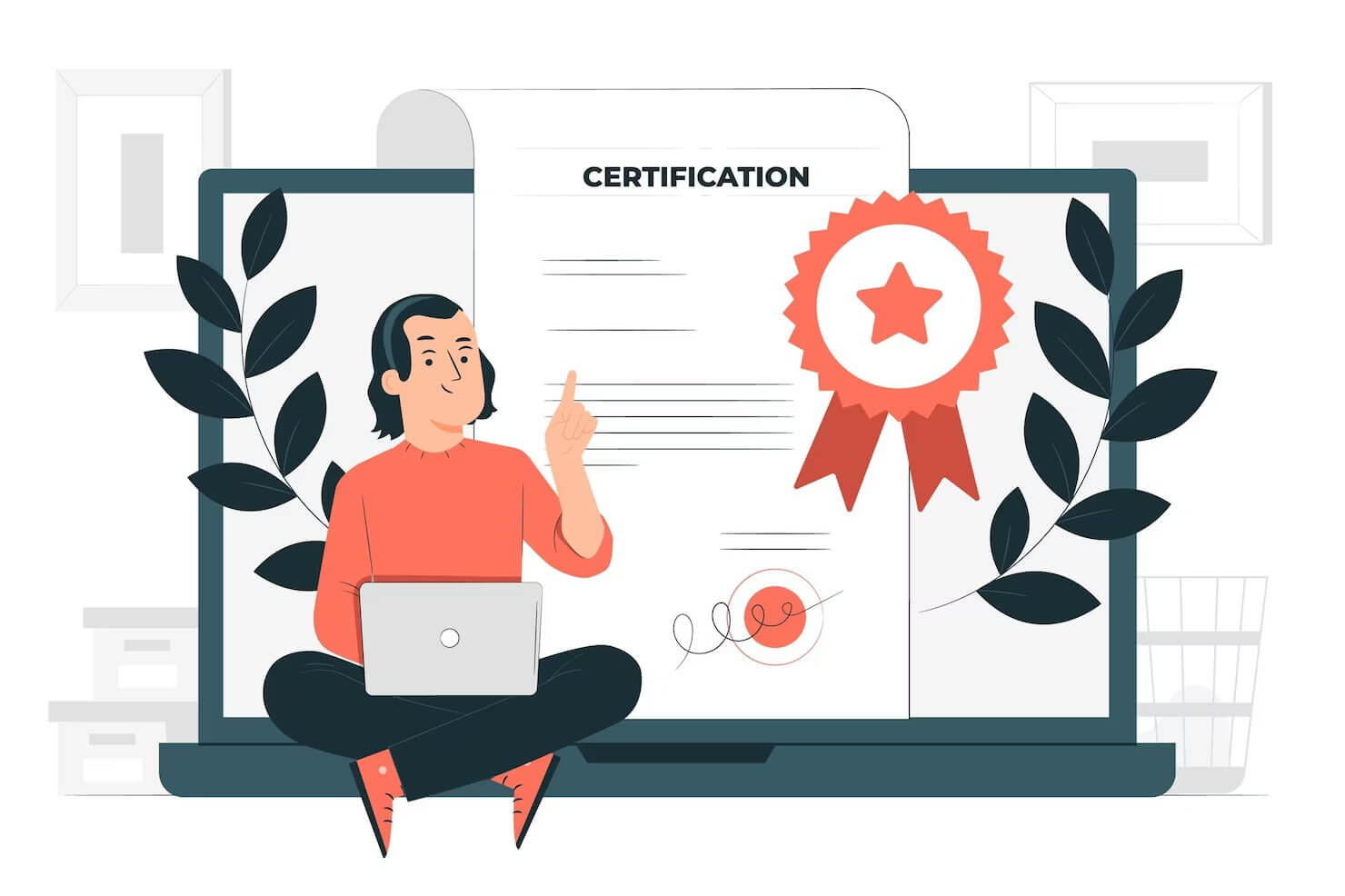
Web content accessibility guidelines
Web accessibility initiatives have released the Web Content Accessibility Guidelines, which are meant primarily as a tool to help you maintain a site that is compliant. When launching your site you must understand these guidelines thoroughly. Accessibility is not only the focus for developers but also for design professionals. Accessibility is essential throughout all aspects of the site development including planning through to launch. You should also continually improve the accessibility of your websites before they get online.
Several standards and guidelines promote website accessibility, with the Web Content Accessibility Guidelines (WCAG) being the most widely accepted and used standard. The WCAG provides specific success criteria for making websites accessible and is maintained by the Web Accessibility Initiative (WAI) of the World Wide Web Consortium (W3C). Complying with these guidelines ensures that websites are accessible to a broad audience and align with the principles of inclusivity and equal access to information.
Do you want to check the health of your website?

How to test if my WordPress site is accessible?
Testing will help you to understand how accessible the site will be. So you assume your site is accessible, but it’s unlikely it’s not. Access testing tools can range widely from free to inexpensive business solutions. Some popular online tools to test website accessibility include:
- WAVE Web Accessibility Evaluation Tool (https://wave.webaim.org/): Enter your site’s URL to receive a detailed accessibility report.
- Axe Accessibility (https://www.deque.com/axe/): This browser extension helps you identify and fix accessibility issues on your site.
- Lighthouse (https://developers.google.com/web/tools/lighthouse): Run an accessibility audit using Google’s Lighthouse tool.
Some companies that test accessibility enlist users who may have disabilities to navigate and interact with your site. Their feedback can be invaluable in identifying accessibility issues that you might have missed. Lastly, there a various developer tools that 👉 WordPress development 👈 companies use to check website accessibility.
It’s important to remember that ensuring accessibility is not a one-time task. It’s an ongoing effort to create an inclusive online experience for all users.
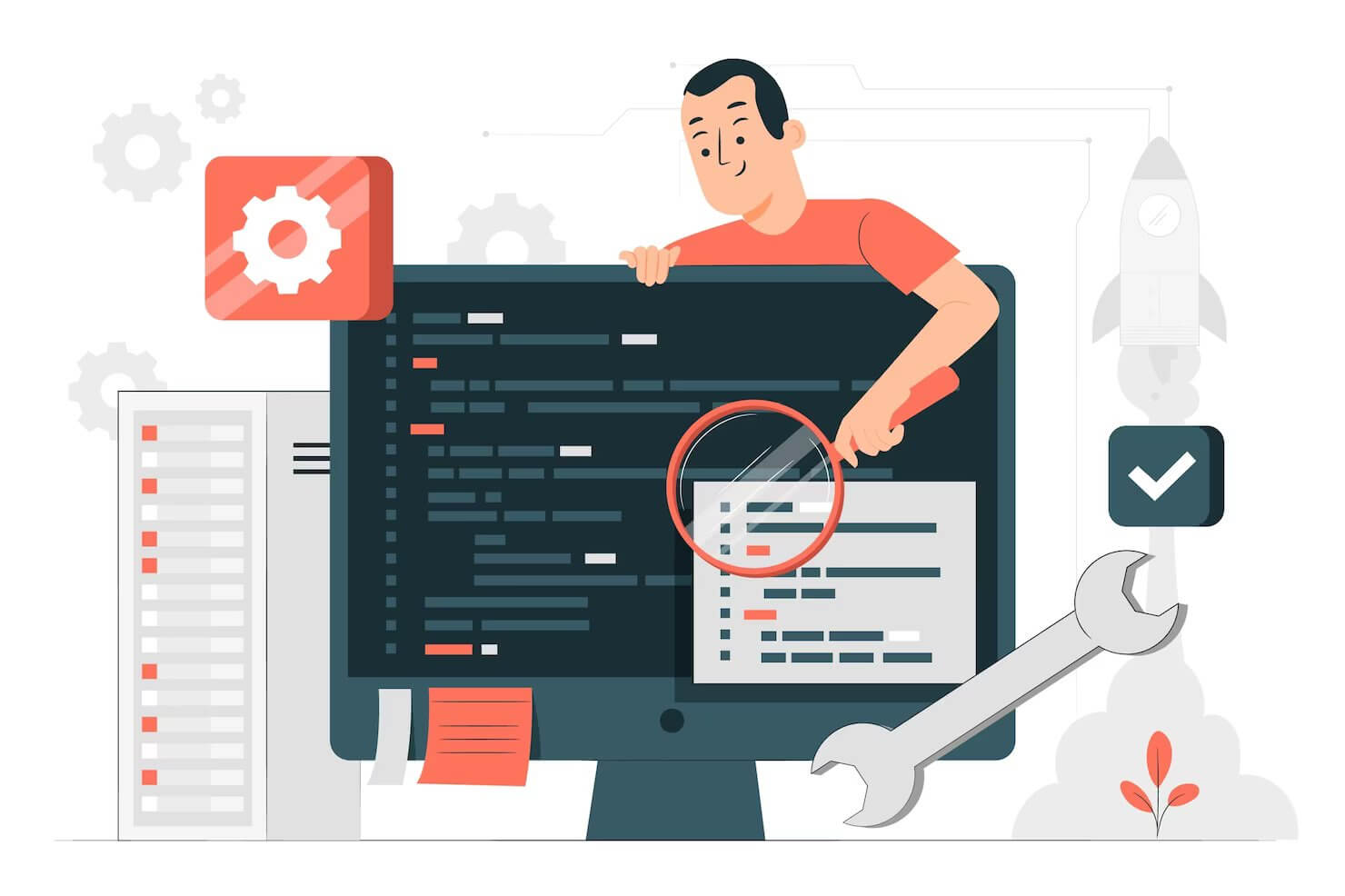
Can I use WordPress accessibility plugins?
There are a number of WordPress accessibility plugins out there, that you can use. But it’s important to understand that a plugin is not a one-click and you have accessibility. These plugins can have their own issues and bugs. You need a developer to be able to work with the plugin to create an accessible site. Moreover, it is probably better to design and then code your site in a way that makes WP accessibility possible.
Some WordPress accessibility plugins include:
- WP Accessibility: This plugin adds a variety of accessibility features to your website. Features such as skip navigation links, improved focus styles, and better keyboard navigation.
- Accessibility by UserWay: UserWay’s accessibility widget provides tools. Tools like text-to-speech, dyslexia-friendly fonts, color adjustments, and more. In order to enhance the user experience for people with disabilities.
- WP Accessibility Helper: This plugin provides a variety of accessibility tools. Accessibility tools like font size controls, color contrast adjustments, and text-to-speech functionality.
- Easy WP Accessibility: This plugin lets you add accessibility features like contrast controls, font resizing, link highlighting, and more. In order to improve the readability and usability of your website.
It’s best to consult the use of a plugin with professional WordPress developers. Moreover, it’s a not click once-and-done solution You can use 👉 WordPress support 👈 to monitor and improve web accessibility on an ongoing basis.
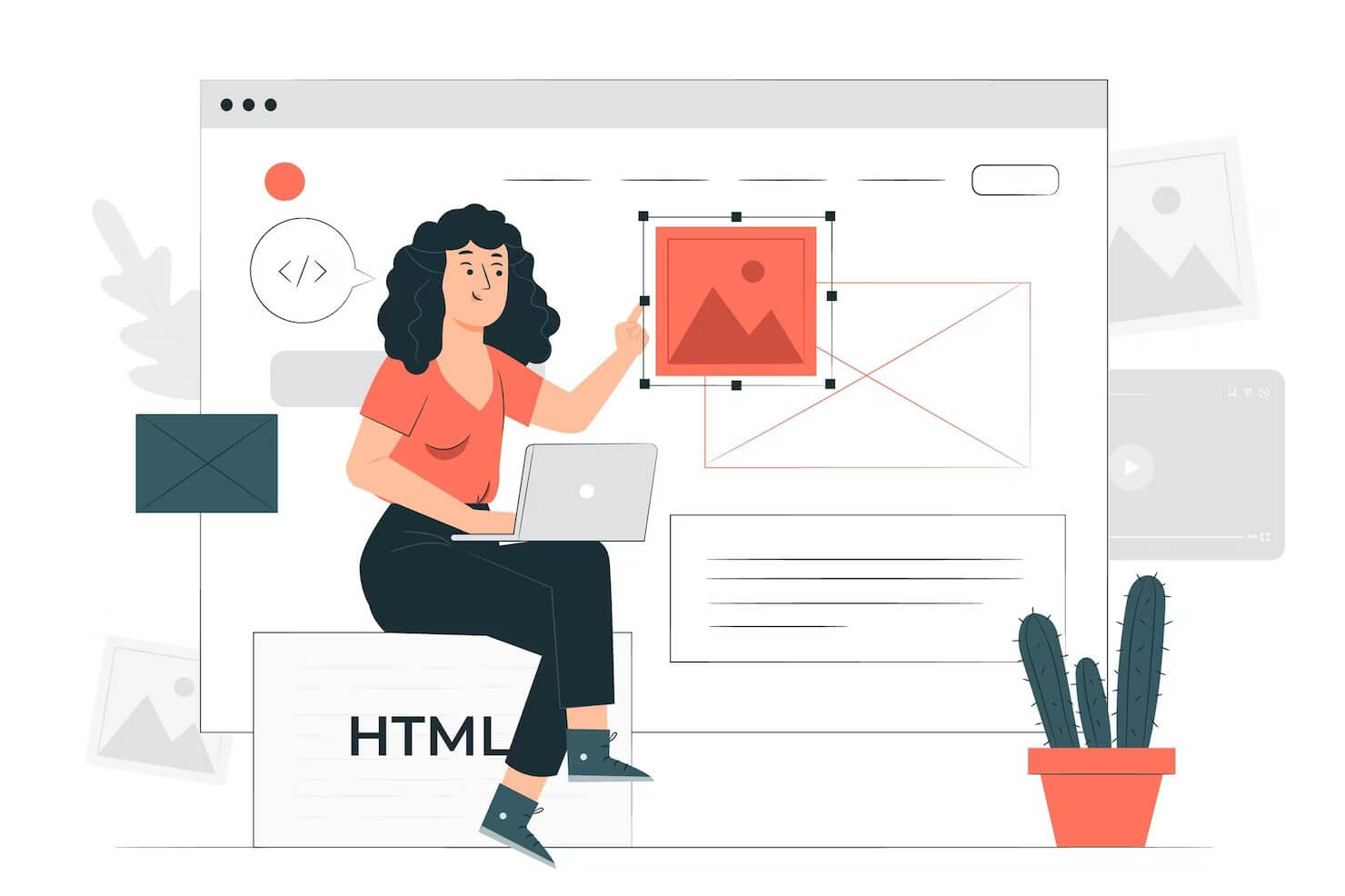
TL;DR: Summary of how to best optimize WordPress accessibility to make your site inclusive
Optimizing WordPress accessibility involves ensuring that your website is designed and developed to be inclusive and usable by individuals with disabilities. Website accessibility refers to the practice of creating digital content that can be easily perceived, understood, and navigated by everyone. Regardless of their disabilities. To achieve this, you can conduct WordPress accessibility testing using various tools and techniques, such as screen reader testing and keyboard navigation assessment.
WordPress offers a range of accessibility-focused plugins that can assist in enhancing your site’s user experience for all visitors. However, the most effective approach is to incorporate accessibility considerations from the very beginning of your WordPress site’s development process, including:
- choosing accessible themes,
- providing proper alternative text for images,
- and ensuring proper color contrast
By adopting a proactive approach to WordPress accessibility, you can create a more inclusive online environment that caters to a diverse audience and improves the overall user experience. Want to learn more about creating a WordPress site that is accessible & inclusive to all? 👉 Drop us a line 👈 and let’s chat. We offer free no-obligation conversations to help you make the best choices for your WordPress website.
Comments